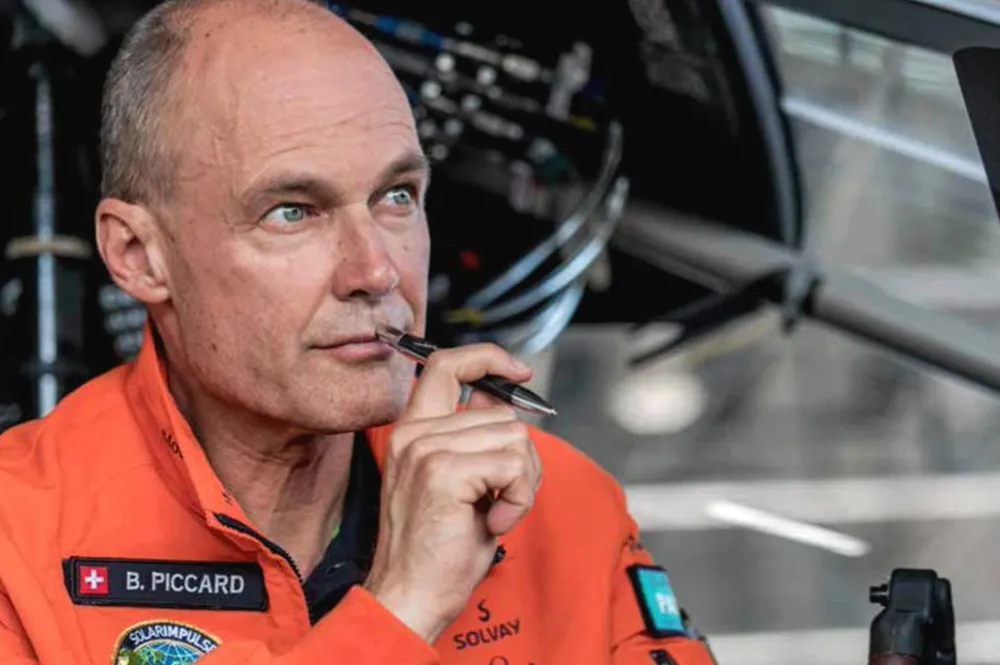Swiss explorer unveils plan to fly non-stop around the world in a green-hydrogen-powered airplane
Bertrand Piccard, who has previously circumnavigated the planet in both a balloon and a solar-powered aircraft, aims to complete the trip in just nine days
